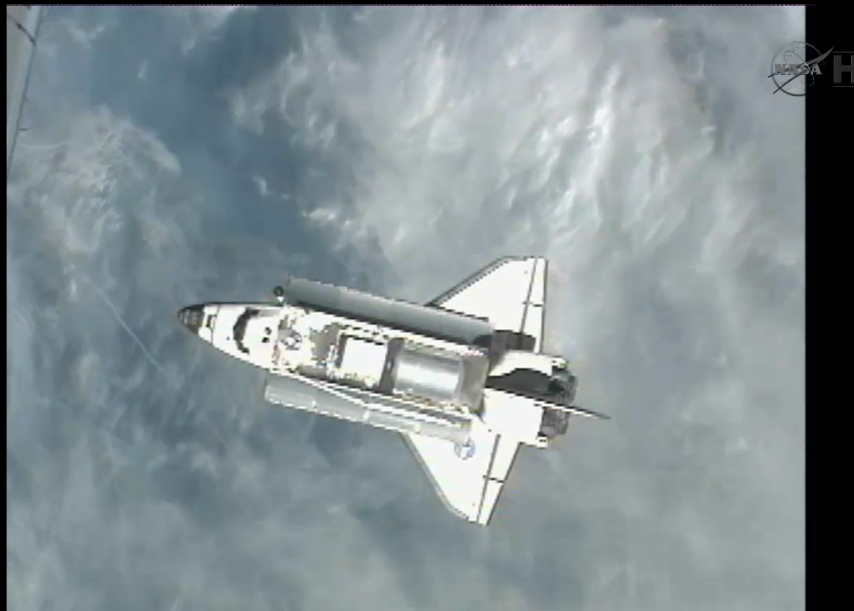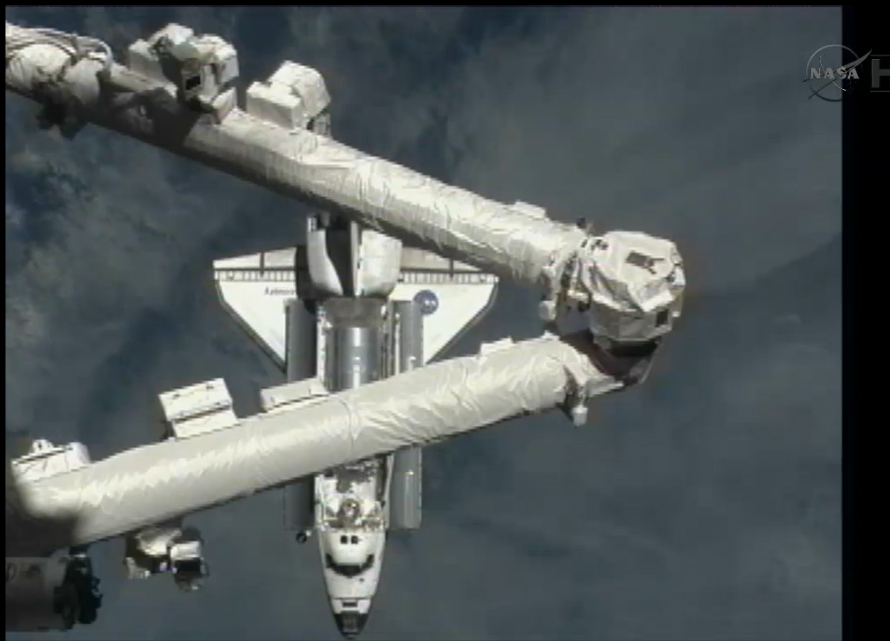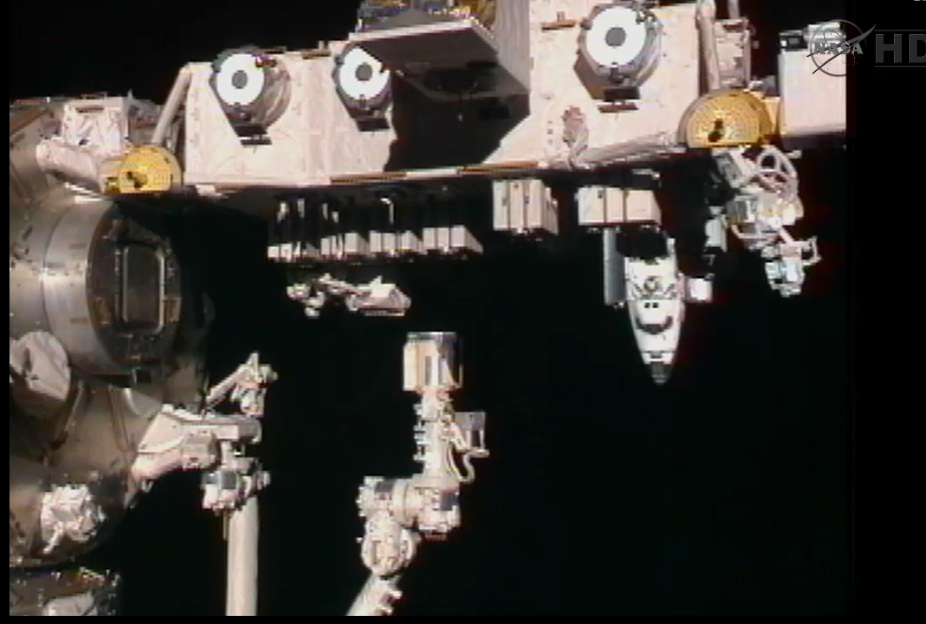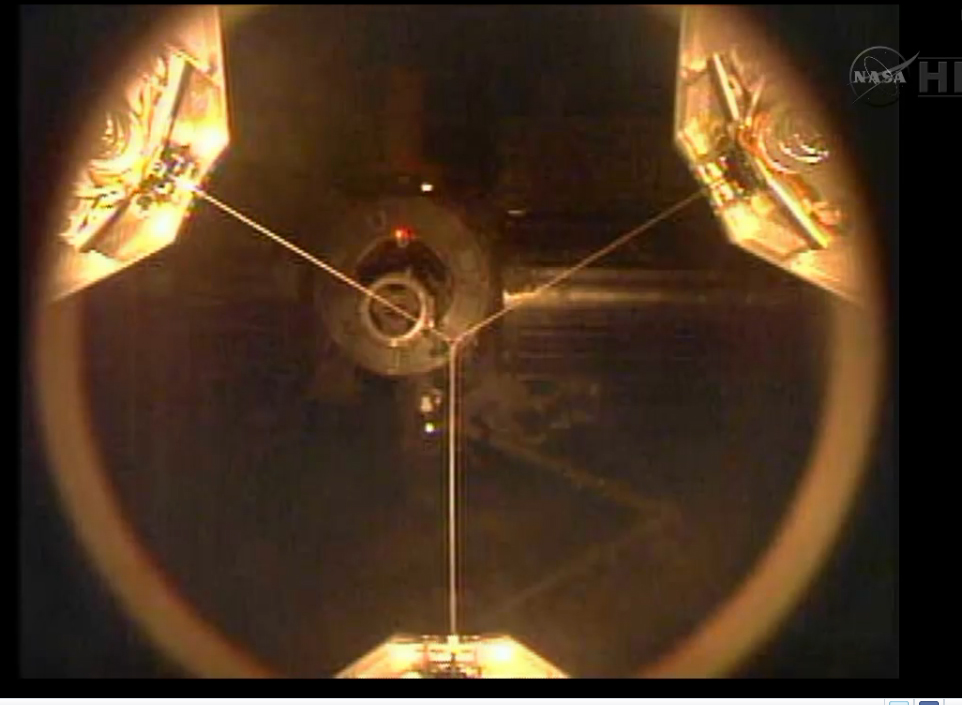The Last Flights of the STS Fleet

As NASA winds down its space shuttle missions — Endeavour launches on April 29 and Atlantis is scheduled for late June — it’s kind of hard to think that after those flights, there will be no direct access to space via NASA. The shuttles, like the Apollo spacecraft before them and the Gemini before those, have cemented themselves into the world’s consciousness and the U.S. national psyche.
They’ve made the ISS possible, they’ve carried many important science experiments into space, and they’ve proved that people can return to low-earth orbit again and again. It’s an honorable history and even though I won’t get a chance to ride a shuttle into orbit (that was once a dream of mine), I’m still proud of it and what it stands for.
Of course, the honor comes at the price of two sets of shuttle crews’ lives. As Gus Grissom once said, “The conquest of space is worth the risk of life.” I don’t think he thought his own life was to end so soon, and neither did the people aboard Challenger and Columbia have an inkling that theirs would end so spectacularly. But, they would have wanted the flights to continue; to do anything less would have detracted from the scientific cause to which they dedicated their lives.
I remember getting up well before dawn to see the first shuttle launch of Columbia on April 12, 1981. It seemed to us (after watching the much slower Saturn V launches of the Apollo era) that the shuttle was an agile system. It cleared the tower in just a few seconds and less than a minute later was arcing out over the ocean and into history. The first shuttle launch I saw in person was in the summer of 1993. As luck would have it, I was working on an HST instrument team, and so got a chance to see a second shuttle launch later that year when STS-61, flown by Endeavour, took off on the first Hubble Space Telescope servicing mission. That was an early morning launch and after it was over, we also had the chance to see HST fly over, giving us a first-hand feel for the orbital configuration the shuttle had to achieve in order to rendezvous with the telescope.
Watching a shuttle launch is an amazing experience. The sound comes well after the sight of the launch, and it hits you like a wall of “sensation”. I remember car alarms going off in the nearby parking lot at Press Site, and people were yelling in amazement.
Watching a shuttle land — as we did at White Sands in New Mexico in 1982 — was like watching an aerodynamic brick drop out of the sky and achieve a smooth landing. I still remember watching it glide to a soft landing, accompanied by T-38 chase jets. I can imagine it was pretty exciting for the folks onboard the shuttle and NOTHING like a landing that you or I might experience at an airport.
As I watch the preparations for the final flights, I can’t help but feel this palpable sense of history passing in front of our eyes. The shuttles have been part of our lives for some 30 years now. It’s tough to imagine that the last launches are coming up fast — and that soon NASA will have no home-grown access to space for its astronauts. They will, instead, be relying on the Russians to get them to and from low-earth orbit. And that, in the final analysis, is one of the most historically intriguing outcomes of the end of the shuttles. Our space program was spurred in large part in the late 1950s and 1960s by an incredibly rancorous competition with the then-Soviet Union. I often wonder what those early spacefarers at NASA and the Soviet space program would say if they knew today that NASA and Roscosmos were cooperating to get people to and from space together!
If you have a chance, be sure and watch the final launches of the space shuttles — either via NASA TV online, on TV, or if you can–in person. They’re incredibly powerful experiences. I hope that the next generation of space travelers will once again have a vehicle that can easily take them to orbit. I know that some are on the drawing boards and in testing. Hopefully, the historical changing of the guard from shuttles to those craft won’t take too long. I still want my ride!




